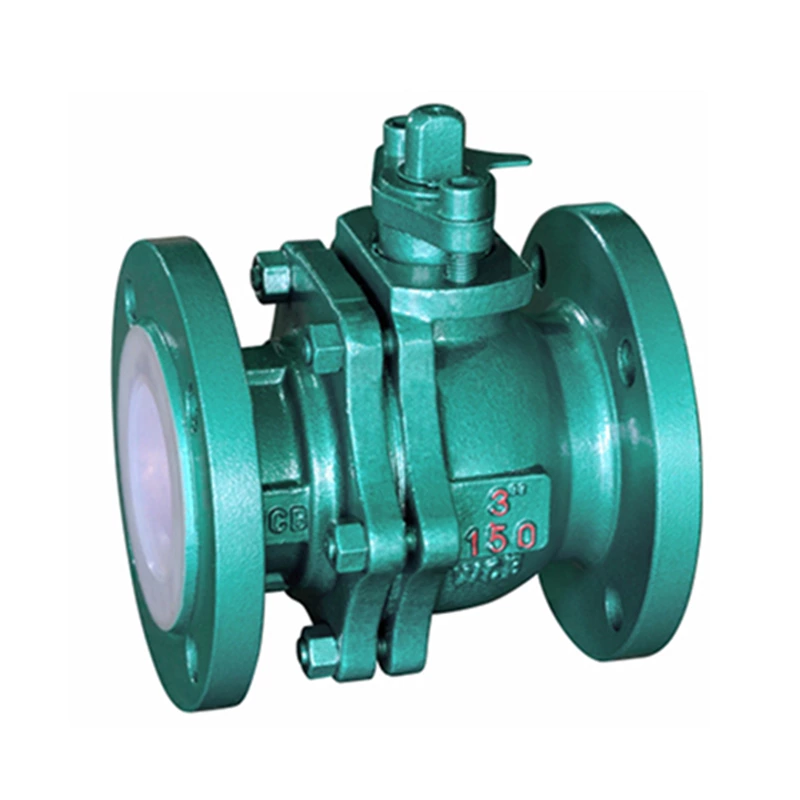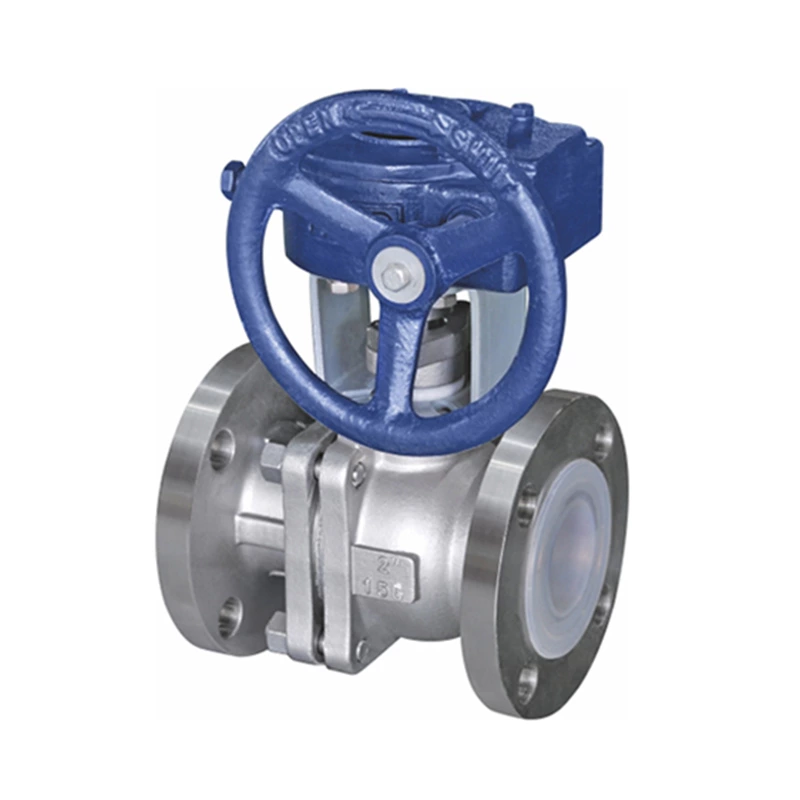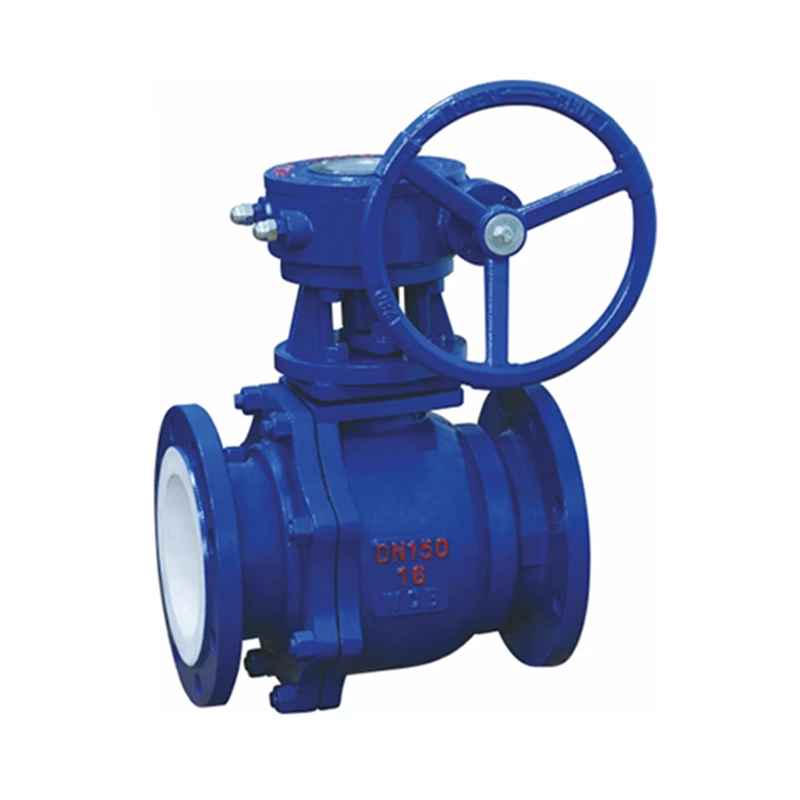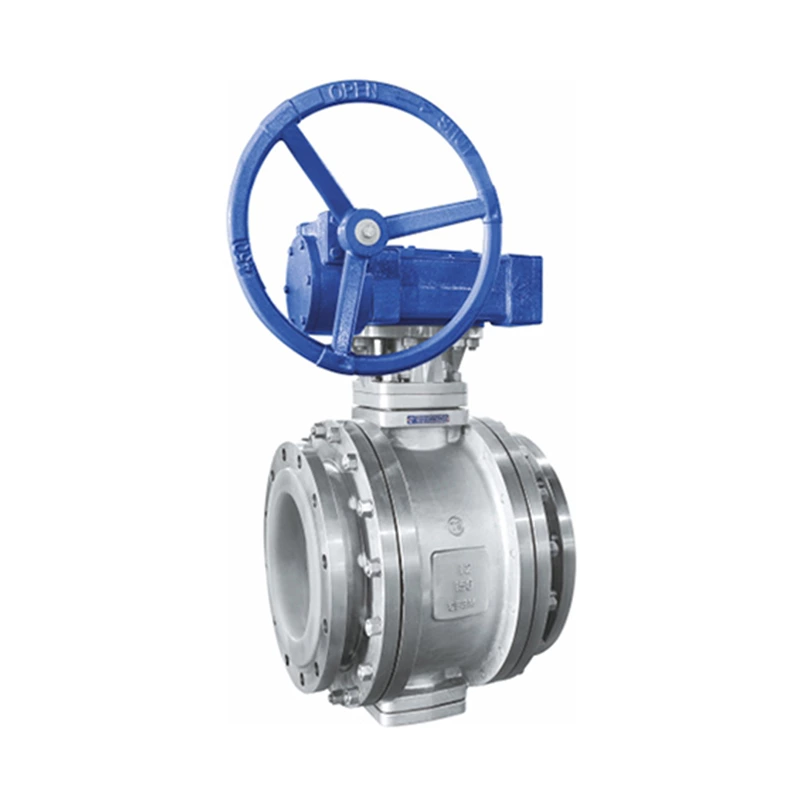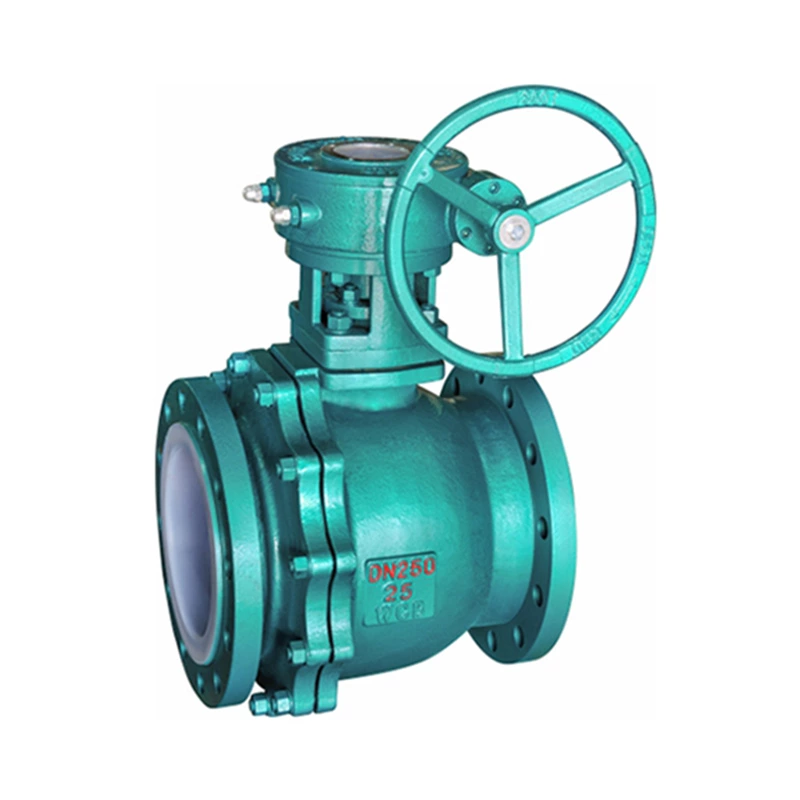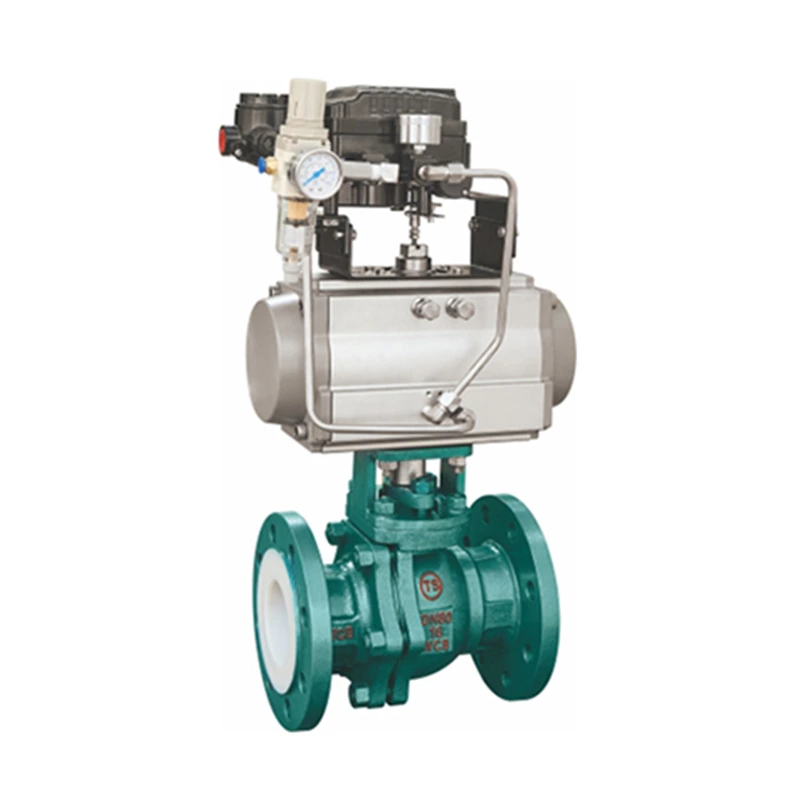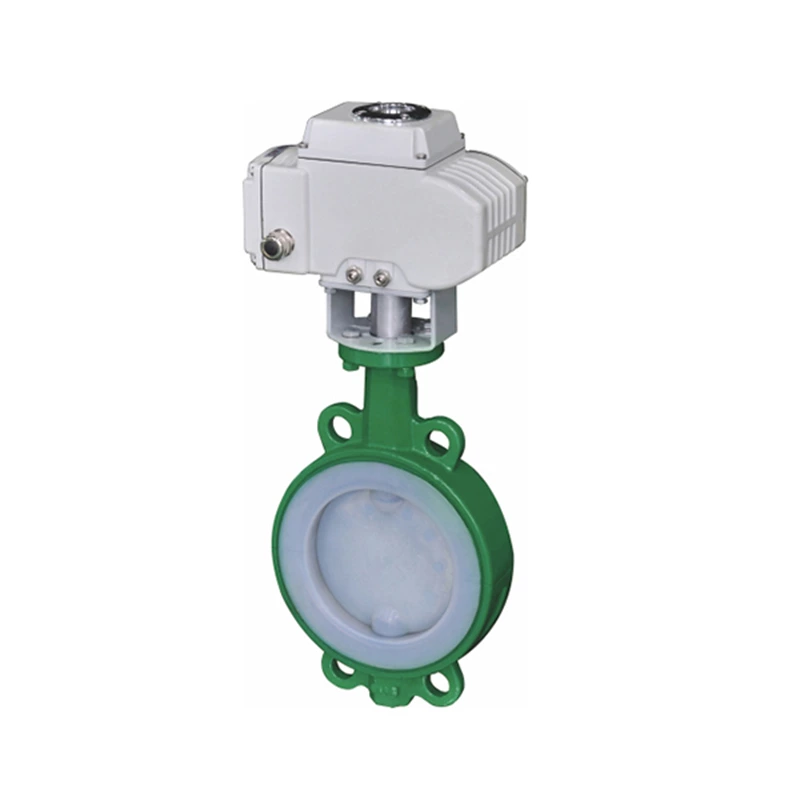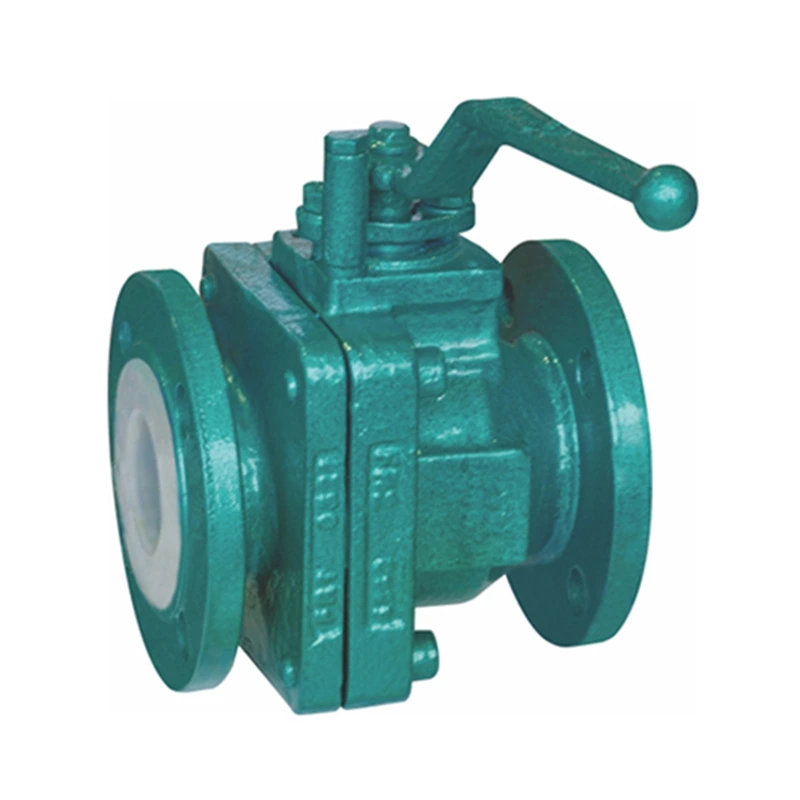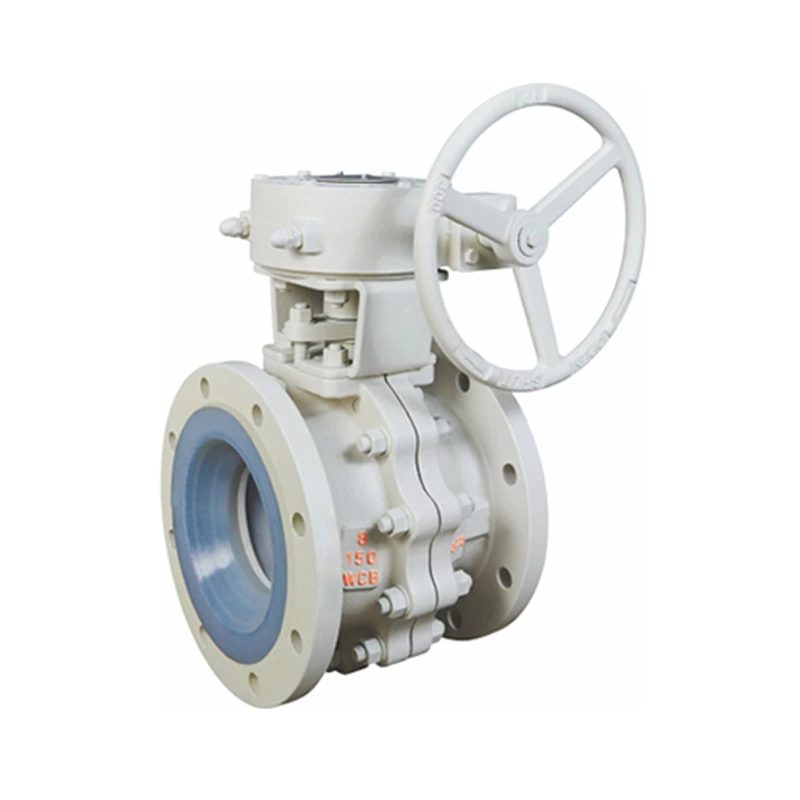Common Valve Trim Materials
Commonly used Lined Valve internal materials are:
Bronze
The most widely used bronze valves, cast iron valves and steel valves have a maximum operating temperature of about 280°C. Applicable media include steam, water, oil, air and natural gas pipelines. The valve disc and valve seat can also use bronze of appropriate grades (stainless steel for valve stem) to adapt to those extremely low temperature media, such as liquefied gas, liquid oxygen and liquid nitrogen.
Zinc-free bronze, usually aluminum bronze. It is also often used in specific situations.
Iron
Except for the valve stem made of steel, all other parts of the valve are made of iron ('all iron'). Usually both the valve disc and the valve body have integral sealing surfaces. 'All iron' valves are a more economical choice for mixed acid media of concentrated sulfuric acid and hydrocarbons, and are also satisfactory for many other industrial-related chemical liquids such as brine, ammonia, alcohol, detergent and chloride solutions.
Chromium 13 stainless steel
This material is widely used for valve stems, valve seat seals and valve discs. It is used in media containing a certain proportion of lubricants and has high wear resistance, abrasion resistance, corrosion resistance and erosion resistance. It also has strong resistance to oxidation and corrosion resistance to hot sulfurized lubricating oils. This material has been successfully used for many years in oil and steam pipelines at operating temperatures of up to 600°C.
Nickel alloy
'Nickel alloy' (here refers to a combination of nickel, copper and tin alloys), using it as a valve seat ring; using chromium 13 stainless steel as a valve disc, is particularly suitable for gas and liquid media without lubricants and relatively non-corrosive. Other applicable media include superheated steam and saturated steam, natural gas, fuel oil, gasoline and low-viscosity oil. For steam, the working medium is limited to below 450°C, and for other media it is limited to below 260°C.
Using a combined nickel alloy as a valve seat and valve disc is also suitable for steam, water and other media.
Austenitic stainless steel
Austenitic stainless steel has been introduced in the previous valve body material. Steel based on 18-8 chromium-nickel is widely used in the manufacture of valve trims. Suitable for both highly corrosive and high temperature media, or both highly corrosive and high temperature media.
Special stainless steels
These ‘20’ alloys, ‘Incoloy 825’ and ‘Carpenter 20cb3’ are often used as valve trims. These special stainless steel trims are often used on ordinary stainless steel valves, and sometimes only on iron and steel valves.
‘Monel’ alloy
This alloy is used as valve trims, mostly on iron and steel valves. The media are mostly seawater, salt solutions or steam.
‘Hastelloy’ alloys, ‘B’ and ‘C’
These materials are not used much for valve trims, but are often used for the entire valve. However, when the media is sulfuric acid or dilute hydrochloric acid, ‘Hastelloy’ alloy ‘B’ is sometimes used as valve trim material, while ‘Hastelloy’ alloy ‘C’ is typically used on special ammonia valves and valve trims for mixed acid media.
Carbide
A hard carbide overlay is applied to the disc and body seat, which makes the sealing surface highly resistant to wear and scratching. This material is particularly suitable for applications where the media temperature is elevated and dry.
The material of the sealing surface is usually selected from cobalt-based and nickel-based alloys, and the mating surface is usually plated with a similar material, but with a hardness difference, to reduce scratching during operation. However, both mating surfaces are not always overlaid, and the type of overlay depends on the performance of the carbide used.
Similar performance specifications for cobalt-based and nickel-based carbides are available from some valve manufacturers. The selection of materials depends on many evaluation factors. An important factor is the ease with which a given material can be attached to a particular part.
Plastics and synthetic rubbers
Plastics and synthetic rubbers are used in many different types of valves on sealing surfaces and seats arranged in one type or another.
The most widely used plastic material is polytetrafluoroethylene (PTEF). It is used as valve seats in ball and butterfly valves and as diaphragm surfaces in diaphragm valves. In many types of valves, PTFE is used as stem packing.
As a material for valve seats and seals, PTFE is the best; it is suitable for almost all media, has good wear resistance, and can be used at temperatures up to 250°C. Pure PTFE is often used, but in many cases, some chemically inactive fillers, such as glass, can be added to improve its compression set properties.
The chemical resistance of PTFE makes it an ideal diaphragm material. Its rigidity and fatigue resistance are also useful properties. In most valves using diaphragms, a thin layer of PTFE is used in combination with a synthetic rubber base, which can be separate or bonded.
The application of synthetic rubber in valve internals is mostly as 'O' rings, gaskets, valve seats and seat bushings, diaphragms and butterfly valve bushings.
'O' rings are used in large quantities on valve stem seals, and the most common material is nitrile rubber. Carbon-fluorinated rubber, ethylene-propylene rubber and silicone rubber are particularly suitable for use at high temperatures.
Various synthetic rubbers are widely used in valve seats, bushings, diaphragms and guide sleeves. The combination of basic polymers can obtain a wider range of physical and chemical properties. The following are the most commonly used synthetic rubbers.
Natural rubber
Butyl rubber
Ethylene-propylene rubber
Chloroprene rubber
Nitrile rubber
Styrene-butadiene rubber
The advantage of using plastics and synthetic rubbers as valve trim materials is that they have good corrosion and erosion resistance and can achieve leak-free sealing. The disadvantage of these materials is that the operating temperature is limited by the materials used during use. In addition, the suitability of a given material depends on several factors.
